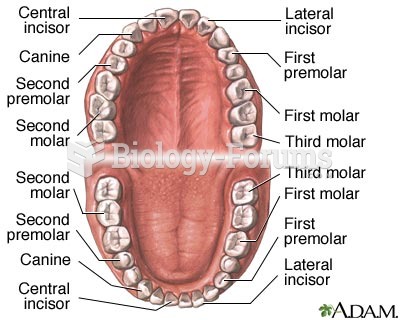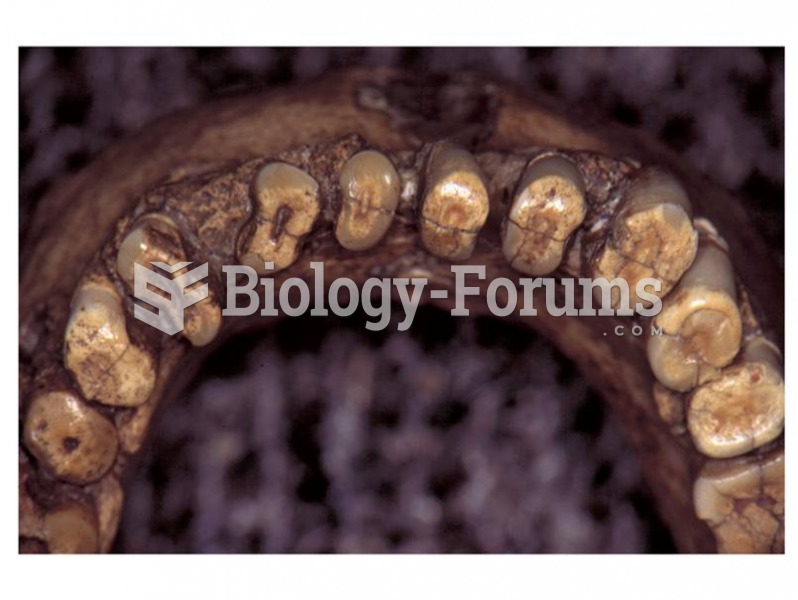|
|
|
In inpatient settings, adverse drug events account for an estimated one in three of all hospital adverse events. They affect approximately 2 million hospital stays every year, and prolong hospital stays by between one and five days.
The most dangerous mercury compound, dimethyl mercury, is so toxic that even a few microliters spilled on the skin can cause death. Mercury has been shown to accumulate in higher amounts in the following types of fish than other types: swordfish, shark, mackerel, tilefish, crab, and tuna.
The average office desk has 400 times more bacteria on it than a toilet.
The first oral chemotherapy drug for colon cancer was approved by FDA in 2001.
Egg cells are about the size of a grain of sand. They are formed inside of a female's ovaries before she is even born.






